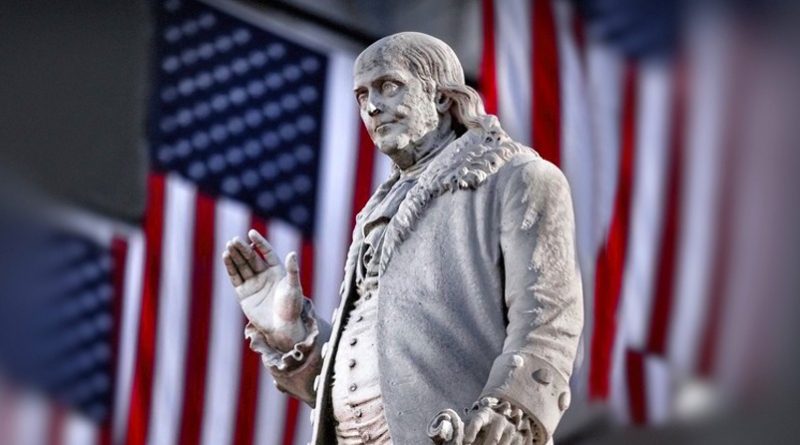During the 1780s, Benjamin Franklin, already in his 70s was serving a diplomatic post in France as American ambassador. His performance for the job was stellar and proved worthy for the American cause.
As good as he was making his way with French diplomats, he also had his way with French women. Well, in fact, with many women keeping in mind his flourishing intimate history.
Our admired and esteemed Founding Father, inventor, writer, and scientist, did have an exceptional prowess to impress women with his libido since a very young age.
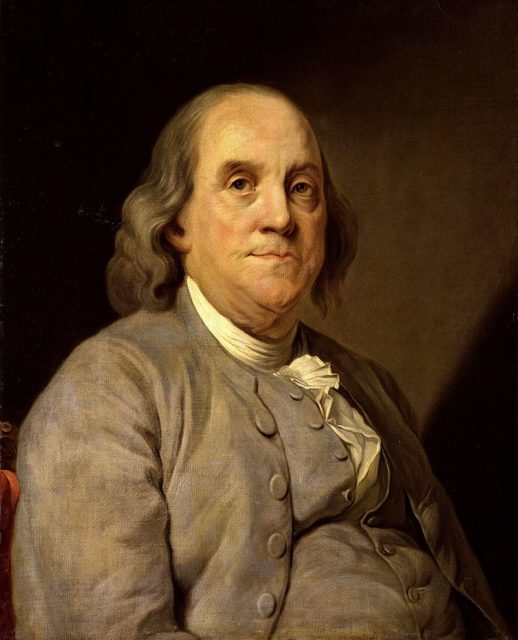
As we learn from his autobiography his urges remained ubiquitous even late into life. “The hard-to-be-governed passion of my youth had hurried me frequently into intrigues with low women that fell my way,” he writes.
His libido indeed ‘hurried’ him once he was in Paris, though at the beginning he was a bit feeble. His wife Deborah Read with whom he had been married for 44 years had recently passed away due to a stroke in their home in Philadelphia. Franklin quickly recovered, however. The two of them had grown distant over the last years.
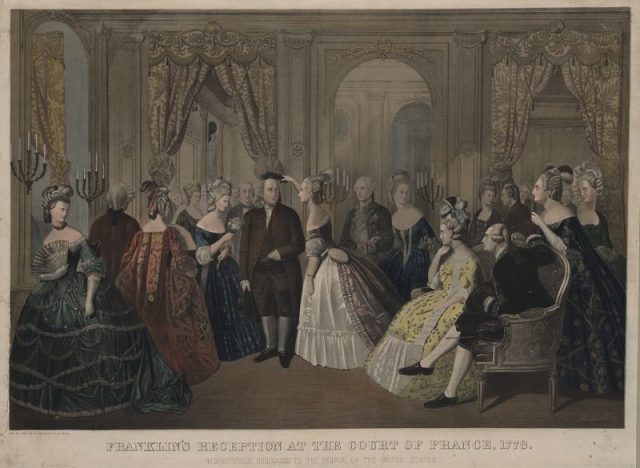
In the French capital, Franklin was a popular face and the attention he received from French women soothed him well. He was their perfect ‘amitie amoureuse’ which translates to amorous friendship in English.
The term describes a special form of intimacy which entails the exchange of tender cheek kisses and hugs, exchange of affectionate words over a cup of coffee and in letters, but not necessarily going to bed with someone.
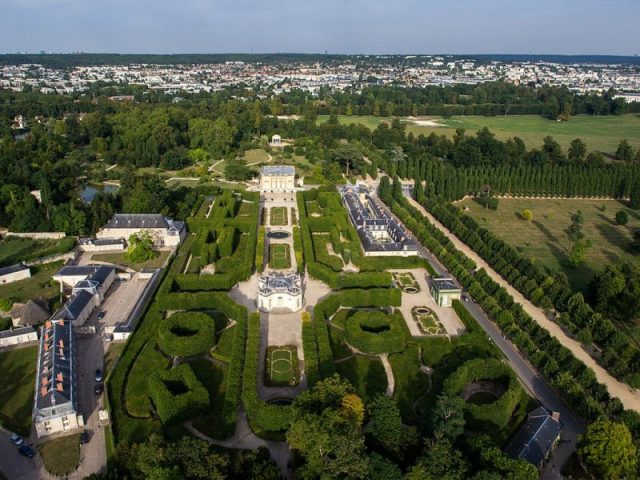
At Versailles for instance, Franklin met with Marie Therese Louise of Savoy, Princess de Lamballe who was a close confidante of Queen Marie Antoinette. He befriended Princess de Lamballe and once joined her on a trip to Amsterdam.
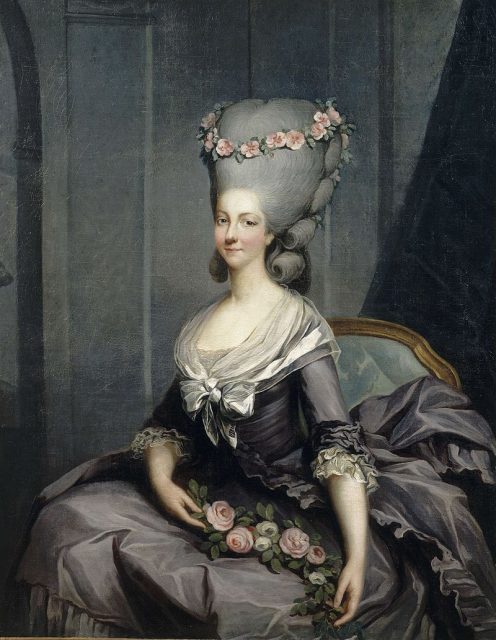
He also sought close female friends among his neighbors. One of them was Anne-Louise Brillon de Jouy. The two of them lived in Passy, at the time a fancy neighborhood outside Paris. Franklin lived in this neighborhood for most of his stay in France, from early 1777 until the summer of 1785.
Anne-Louise was much younger than Franklin, with almost 40 years age difference. She had an ear for music and was the composer of March of the Insurgents which toasts the victory of America in the War of Independence.
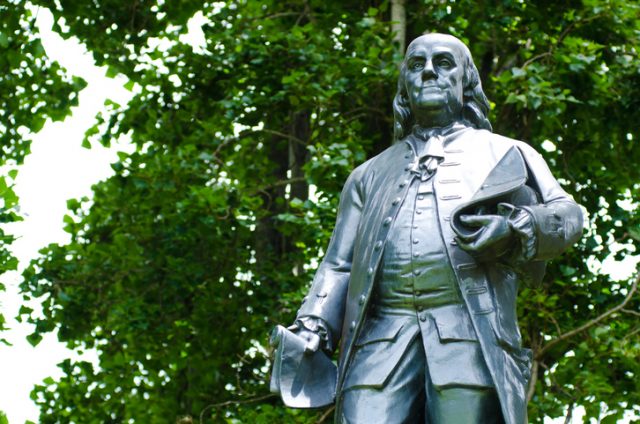
“She follows with invitations to tea, chess games and tete-a-tetes in which she pours out her troubled soul to him. The delighted Franklin, now in his 70s, soon presses her for more tangible evidence of her affection. She plays coy, however, and steers the relationship with ‘Cher Papa’ (her endearing term for him that soon catches on widely) into a safer daughter-father pattern, over his useless protests,” writes Claude-Anne Lopez, author of Mon Cher Papa: Franklin and the Ladies of Paris.
Another woman Franklin got close to was Countess d’Houdetot, who was 25 years his junior. Also called Sophie, she is best noted for having inspired the French writer and philosopher Jean-Jacques Rousseau during the 1750s.
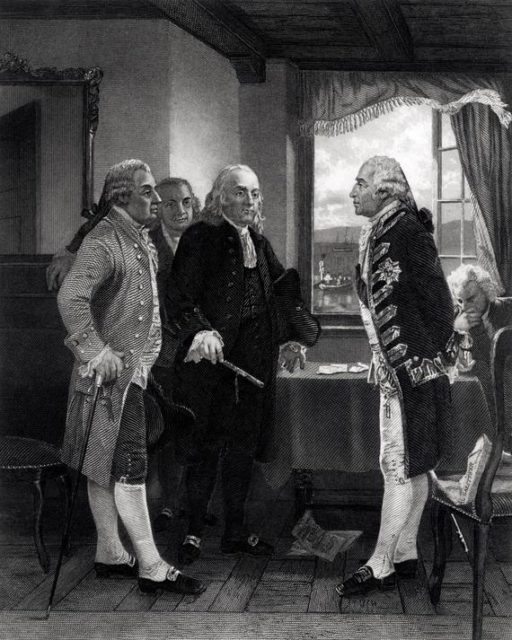
Coming from a well-moneyed family and married to an army man, this countess loved discussing politics with Franklin. However their conversation probably gravitated away from politics, especially taking into account that one of the letters she sent to Ben read “a million tender compliments to Mr. Franklin” at its signature.
But perhaps the most intriguing woman to whom Franklin fell for in Paris and with whom he probably had a more intimate relationship with was Anne-Catherine de Ligniville or simply Madame Helvétius.
When Franklin met her, she was already a widow, just like himself. In her 60s, she was called Minette by her friends and was an exceptionally jubilant and animated person. They were most definitely a good match.
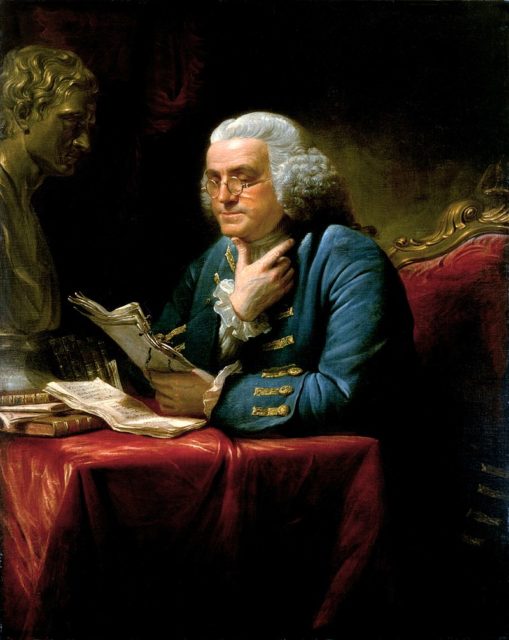
Madame Helvétius had used the inherited fortunes from her late husband to open the hottest salon in the city–La Société d’Auteuil. Stories from her smashing parties traveled far and wide. Her salon gathered the most esteemed intellectuals which Franklin found most enjoyable. He loved this place. Keeping company in the salon was also Madame Helvétius’s small army of fancy Angora cats.
While Franklin was captivated by Madame Helvétius, not all of his friends liked the idea of them together. We learn that from letters authored by Abigail Adams, spouse of statesman John Adams. John and Abigail were invited to dinner with Franklin and Madame Helvétius during their trip to Paris, a city which Abigail described as “the very dirtiest place I ever saw.”
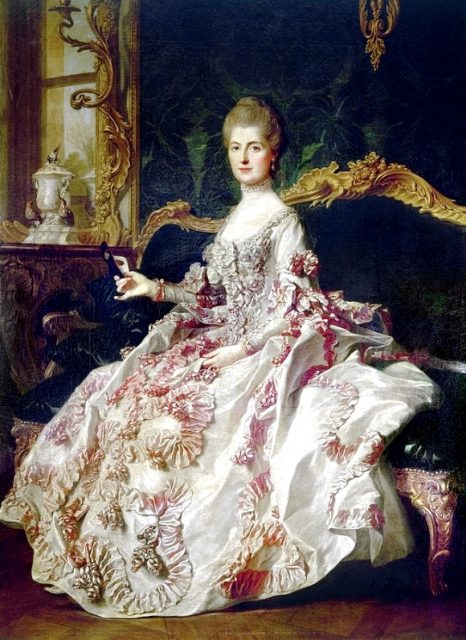
For Madame Helvétius, Abigail writes: “I was highly disgusted and never wish for an acquaintance with any Ladies of this cast.” She goes on: “After dinner she threw herself upon a settee where she shew more than her feet. She had a little Lap Dog who was, next to the Dr., her favorite. This She kisst and when he wet the floor she wiped up with her chemise. This is one of the Drs. most intimate Friends, with whom he dines once every week and She with him.”
This letter was sent to Lucy Cranch and is dated 5th September 1784 a year before Franklin departed from France. And why did he leave?
At the time rumors were flagrantly shared that Franklin wanted to propose to Madame Helvétius. Both of them were widowed and enjoyed each other’s company. If he did indeed propose, apparently his proposal was turned down. Friends criticizes Madame Helvétius for her reported decision and Franklin was deeply missed by more than just one woman in Paris.
When Benjamin Franklin passed away in 1790 he was buried next to his wife. As instructed in his will, the writing on the tomb simply reads ‘Benjamin and Deborah Franklin’.
